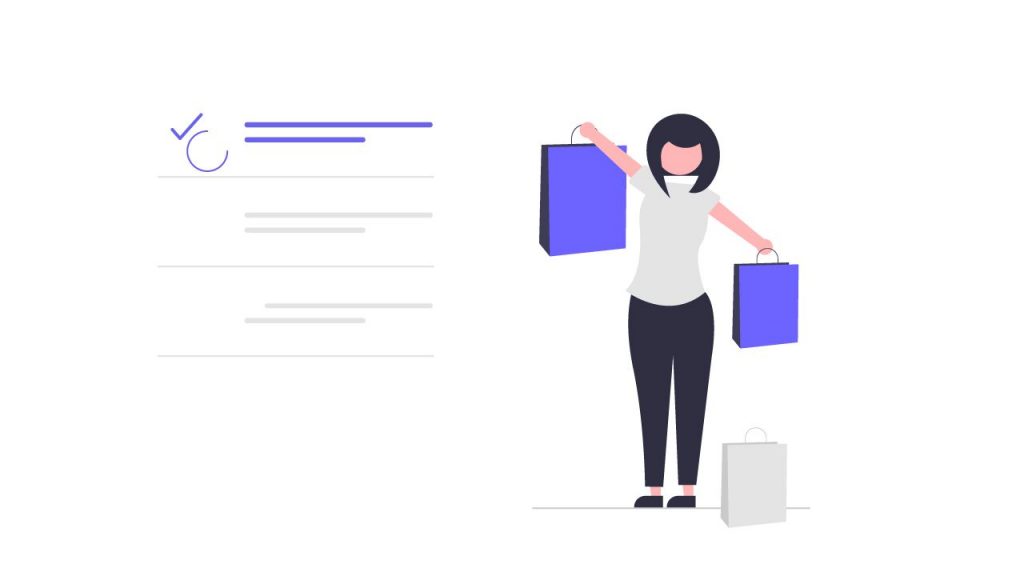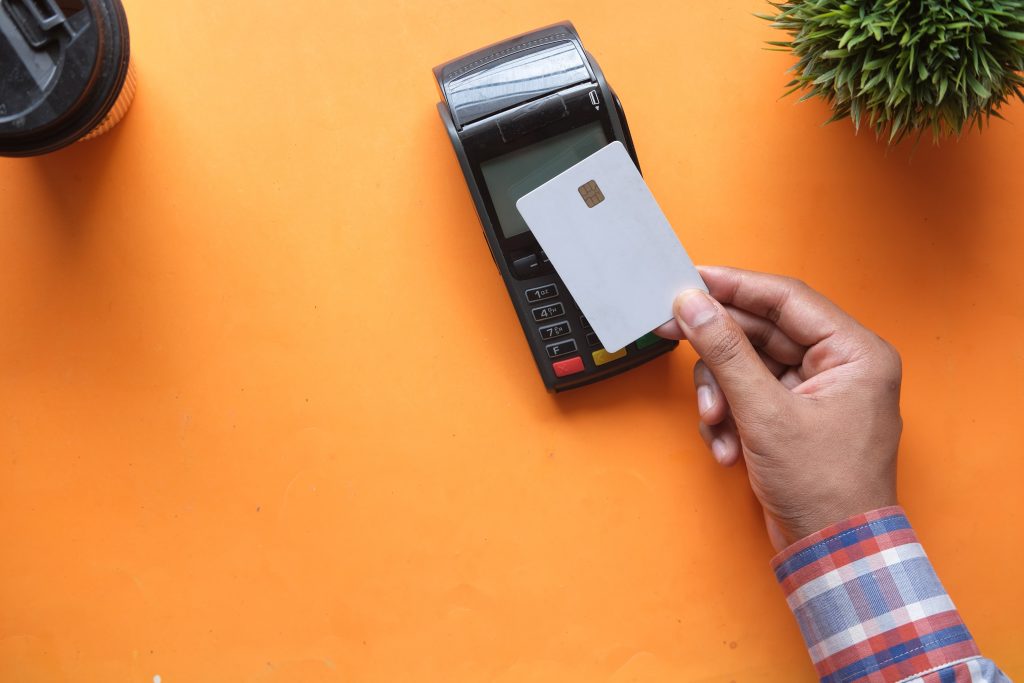Procurement and purchase are frequently perceived as the same and are often used interchangeably.

However, it is vital to understand that procurement and purchasing are two separate processes, and despite their similarities, they perform different tasks and pursue different purposes.
Acknowledging and thoroughly analyzing the various peculiarities of these two processes will allow you to make more precise business decisions, enhance supplier selection and management strategies, and more.
What is procurement?

Imagine you want to purchase a new camera.
Before actually buying it, one of the first steps would require you to conduct primary research and see what the market offers. Then you will need to determine the type of the camera, its different functionalities, and peculiarities. Lastly, you should understand how much money you are willing to pay for it.
Once you know the specific type, it is essential to research various suppliers to make a more informed decision.
The above-mentioned process where you are researching the market of any particular item or a service is known as procurement. In other words, procurement is the strategic process of identifying needs for a specific item or service and acquiring them from an outside vendor or supplier. Purchasing may appear to be a straightforward procedure at first sight. However, it is frequently highly competitive, requiring tremendous effort and attention at each phase.
The process includes finding suppliers, establishing relationships with suppliers, measuring cost savings, reducing risk, and more. To make sure that you manage the procurement process efficiently, it is vital to consider the following steps.
Determine the needs and requirements of your business
The first stage is to figure out what items and services the business needs to function precisely. Employees then generate purchase requisitions, which the appropriate authorities must approve. It is vital to understand that identifying the needs and requirements of your business and connecting them with specific vendors can help you save your sources and purchase exactly what you need.
Distinguish suppliers and vendors that meet your needs
It is essential to conduct thorough market research and determine where to obtain the products and services you need. Based on your research, you will need to evaluate which suppliers, vendors are most convenient for your business and fulfill your demands. This stage is crucial for the overall success of the procedure, so make sure to take your time to choose a supplier wisely.
Obtain RFQ
You will need to send a request for a quote(RFQ) to potential suppliers. This will help you in the decision-making process of choosing a supplier. It will allow you to evaluate all vendors based on price, product quality, possible risks, to name a few.
Start a negotiation process with suppliers.
Once you determine which suppliers you want to work with, you may already start to negotiate with them peculiarities like terms, conditions, cost, quality, and more. Eventually, you will need to make a contract that considers your requirements and creates a firm ground for a trustful, loyal relationship with your suppliers.
Arranging payment and receiving ordered products
After the completion and signing of the contract, the payment and delivery procedure begins. Purchase requisitions (PR), which function as an internal authorization for purchasing products and services from suppliers, commonly initiate payments. The finance team issues a Purchase Order (PO) to the vendor after approval from the respective authorities. Payment terms, prices and quantities, and supplier information are included in purchase orders. After presenting your purchase order, you will be provided with an invoice. Depending on your financial agreements, you may start to arrange the payment. Depending on the dates mentioned in the contract, you will be able to receive your products.
Establishing a relationship with a vendor
After receiving the products, it is essential to assess the supplier’s performance based on KPIs, contract agreements, to name a few. Evaluating your supplier’s execution will help you determine if a supplier relationship should be extended or terminated.
Keeping records
All documents concerning the procurement, including the purchase requisition, the payment evidence, and other relevant records should be maintained in a centralized location. Remember that even after completing the process, you may still require them for various purposes.
What is purchasing?

Purchasing is the process of procuring the products and services that a business or a company requires. It is crucial to understand that purchasing is merely a part of the more significant procurement function. The process of purchasing begins and concludes with the placement and receipt of an order.
Purchasing stages
The first phase of purchasing will require you to obtain a purchase requisition. This phase involves arranging a demand for products and services required by multiple business units. The procedure is mostly achieved through PR assistance detailing the expected supply from the supplier.
Following the PR assistance, it must go through the approval process and have the confirmation of all stakeholders in the workflow. After the official approval, the purchase order can be released. The purchase order is vital as it contains requisite details such as payment and amount and vendor data, and a purchase order number.
After the confirmation of the purchase order from the supplier, the purchasing company begins the expediting process. The overall procedure of expediting entails the procurement organization ensuring that the order comes on time, seeking delivery schedule updates from a supplier.
Following receipt of the order, the company performs an audit. The primary purpose of the audit is to ensure that the supplier has followed all of the terms and conditions. If everything goes as planned and smoothly, the company may go on to the last phase of the purchase process and pay for the things bought according to the payment conditions.
Procurement vs purchasing
After identifying the different peculiarities of procurement and purchasing, it is time to examine the primary differences.
- It is essential to acknowledge that procurement plays a strategic role in your business while purchasing is a functional component of the overall process. Keep in mind that the transactional part of buying products and services is called a purchase. The main functions of purchasing are placing an order and receiving it. On the other hand, procurement covers the entire spectrum of transactions that begin as soon as the firm requires a product or service.
- Another fundamental difference is that the main objective of purchasing is related to order and cost, whereas procurement is concerned with value generation. The procurement process is concerned with long-term objectives. It will make sure that you successfully manage vendor connections, improve competitive advantage, and more. In contrast, purchasing is more focused on immediate results. It aims to ensure that you obtain a precise number of ordered items at the correct price. As a result, it is more concerned with short-term goals that are merely concerned with the item’s price. Moreover, while purchasing attempts to reduce the cost of an order, procurement focuses on risk reduction, cost savings, to name a few.
- It is also crucial to understand that procurement is a continual process for your business’s long-term success. It will help you make better business decisions when searching and finding the best supplier, optimizing contract value, product quality, and more.
- Another key difference is that the purchasing process is relatively standard and consistent across all vendors. However, in the procurement process, you will need a different type of approach. It will depend on the supplier industry you choose to work with. Moreover, depending on the vendor, your business might change the phases of its procurement process.
- Finally, it is vital to consider that the purchasing process does not detect and manage possible risks. Procurement, on the other hand, seeks to identify risks that can drastically affect the business.







